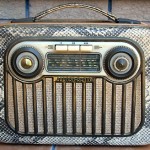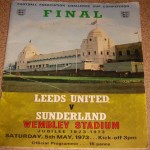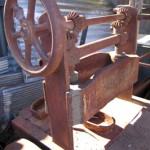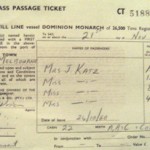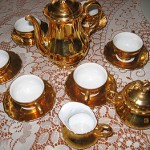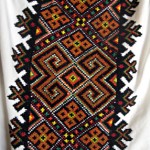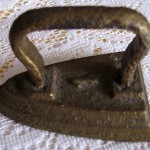Meet Domenico Sidonio and see the clock that woke him up for work in the
Snowy Mountains in 1953.
Continue reading

view stories with Lake Macquarie City Art Gallery
Meet Helen Simanowsky and see the blouse her mother made from a scarf given by German soldiers during WW2. Continue reading
Meet Silvia Saccaro and see the nightdress she made for her baby daughter when they first came to Australia in 1961. Continue reading
Meet Zofia Radosz and see the handbag her mother was given en route to Gotha camp in Germany in 1944. Continue reading
Meet Stefania Petryk and see the diary she has kept since coming to Australia in 1950. Continue reading
Meet Anna Grenadier and see the vase and flower her mother gave her before she left Poland in 1973. Continue reading
Meet John Bojko and see the wallet he carried with him through the Ukraine, Germany and France during WW2. Continue reading
Meet Alina Paczynski and see the communion bread the Red Cross sent to her husband’s POW camp in 1940. Continue reading
Meet Connie Baker and see the tablecloth she made from a sugar bag during WW2 in Holland.
Continue reading
Meet June Webb and see the jewellery box she bought in Port Said en route to Australia in 1960.
Continue reading
Meet Lorna Denham and see the programs she sold at London’s Royal Opera House during the 1950s.
Continue reading
Meet Lily Scott and see the violin her father used to play when she was a child in Scotland.
Continue reading
Meet Margaret Mort-Yates and see the beach pebble she brought from England in 1962.
Continue reading
Meet Stella Lakomy and see her rug with the Polish WW1 war hero.
Continue reading
Meet Trudy Schilling and see the heating element and jug she used to make her own coffee at Bonegilla migrant hostel in 1959. Continue reading


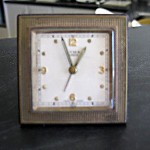
!["The tablecloth is very special. When Princess Elizabeth of England was getting married in November 1947, the ladies in the [DP] camp decided to make her a present. They, including my mother, embroidered a beautiful little tablecloth. My mother copied that pattern and reproduced [it]."](../cms/wp-content/uploads/2009/09/simanowsky-tablecloth-150x150.jpg)
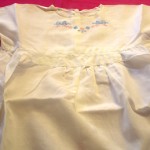
!["We carried these things with us from Poland: a family prayer book from which the family prayed [and] my first Holy Communion bible."](../cms/wp-content/uploads/2009/09/radosz-painting-150x150.jpg)
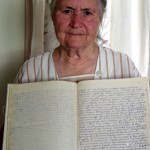
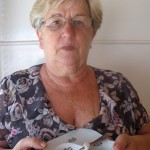
!["This is the wallet I had with me from the age of 14. I had [it] with me in the Ukraine and all the time I was in France and Germany during the [Second World] war."](../cms/wp-content/uploads/2009/09/bojko-wallet-150x150.jpg)
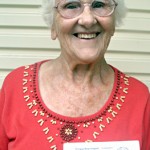
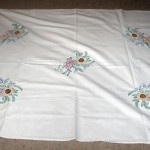
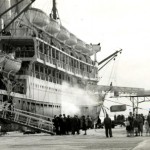
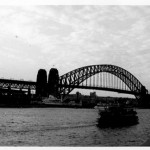
!["This violin belonged to Dad [who] was a musician. At home, I used to lie in bed and request songs on the violin and my dad would play them for me. I would love lying in bed and listening."](../cms/wp-content/uploads/2009/08/scott-violin-150x150.jpg)


